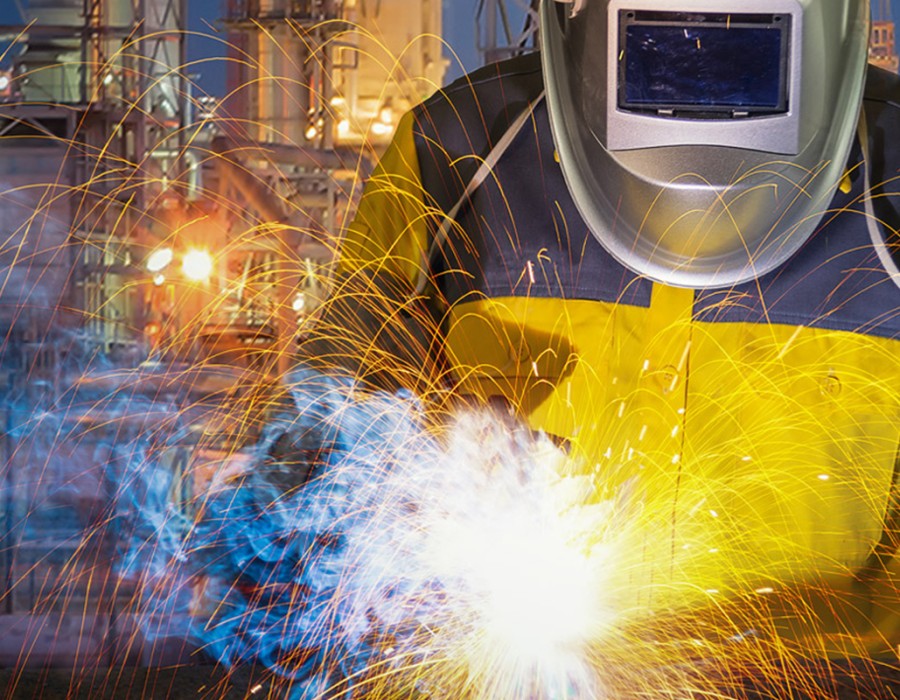Slip-on flanges and lap joint flanges are two types of pipe flanges that are used to connect pipes, valves, pumps, and other piping system components. They all have unique qualities and benefits that make them suited for a variety of applications.
Lap Joint Flanges
Characteristics:
- Design: Lap joint flanges have a two-piece design that consists of a stub end (or lap joint stub) and a loose flange ring that can rotate around the pipe. The stub end is welded to the pipe, while the flange ring is free to move.
- Assembly: The flange ring is placed over the stub end and can be easily aligned with the connecting flange. This design allows for quick and easy alignment of bolt holes.
- Use with Stub Ends: Requires the use of stub ends, which are welded to the pipe.
- Movement: The flange can move and rotate around the pipe, which helps in aligning the bolt holes with the mating flange.
Advantages:
- Ease of Alignment: The ability to rotate the flange simplifies the process of aligning bolt holes with the mating flange.
- Cost-Effective: They are generally more economical for larger pipe sizes because the loose flange is not welded directly to the pipe.
- Reduced Stress: The floating design reduces stress on the flange and pipe connection, which can be advantageous in certain applications.
Applications:
- Commonly used in low-pressure applications where frequent dismantling is required for inspection and maintenance.
- Suitable for systems where corrosion of the flange is a concern since the flange can be made of a less expensive material than the pipe.
Slip-On Flanges
Characteristics:
- Design: Slip-on flanges have a single-piece design that fits over the pipe, with the flange face extending slightly beyond the end of the pipe.
- Assembly: The pipe is inserted into the flange, and then the flange is welded to the pipe, typically with two welds: one on the outside and one on the inside.
- Welding Requirement: Requires fillet welds both inside and outside the flange to secure it to the pipe.
Advantages:
- Simple Installation: Easy to install and align due to their design, which allows the pipe to be slipped into the flange.
- Versatility: Suitable for a wide range of applications and compatible with various pipe sizes.
Applications:
- Commonly used in low to medium-pressure applications where cost is a significant consideration.
- Often used in systems where space is limited, as they require less length along the pipeline compared to other flange types.
Comparison
- Installation: Lap joint flanges are more flexible and easier to align compared to slip-on flanges due to their two-piece design. Slip-on flanges are easier to weld and install.
- Cost: Lap joint flanges can be more economical for large pipes because the flanges themselves are not permanently welded to the pipe. Slip-on flanges generally have a lower initial cost but require more welding.
- Pressure Ratings: Both types are typically used in low to medium-pressure applications, but the design of the lap joint flange may be less suitable for high-pressure systems compared to slip-on flanges.
- Maintenance: Lap joint flanges are preferred in systems where disassembly is frequent, as they are easier to take apart and reassemble.
For More Information : https://www.ubiquealloys.com/





Comments